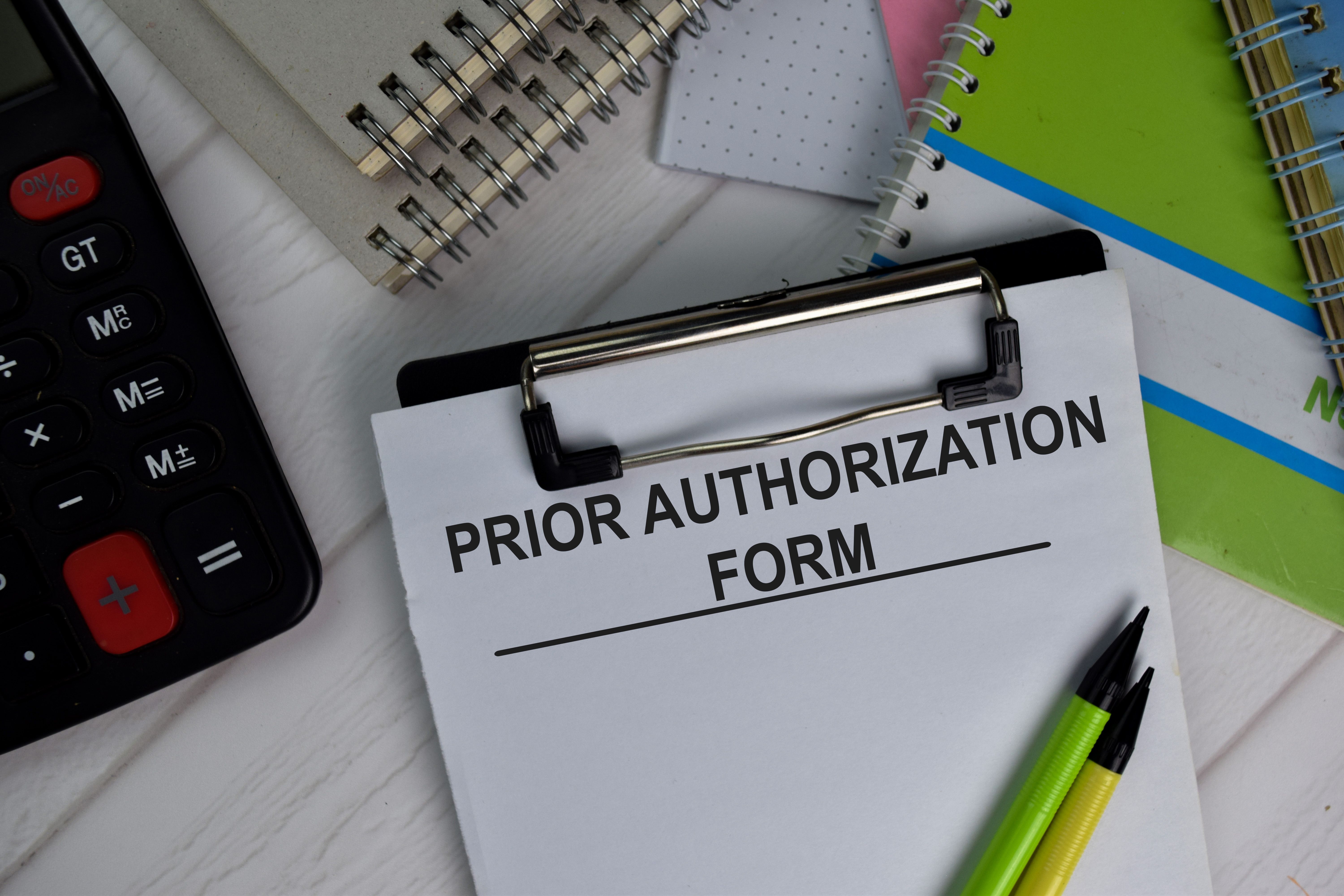Article
The best new software for your PDA
Author(s):
It wasn't too long ago that many of us toted around a cell phone, pager, PDA, and a laptop-a veritable RadioShack holstered at our waists. Now most of these devices can be consolidated into a single cell phone.

Key Points

But before discussing the best new programs, it would be wise to focus on the initial decision you might still need to make: selecting your hardware. Cell phone manufacturers continue to bring us closer to the future envisioned by Gene Roddenberry in Star Trek. These smartphones can do almost anything a laptop can do, assuming you have the right prescription glasses or are on the left side of the presbyopia curve.
After choosing which cell phone carrier to use, you will need to select the phone's operating system (OS). The choices just got more complicated with the introduction of the Palm Pre. Not only does the Pre promise to be backward compatible with many of your favorite existing Palm titles, but its OS, called "WebOs," raises the bar by integrating with many usually disparate web services.
If your heart is set on getting a new phone now, bear in mind that Windows Mobile is undergoing some major upgrades. Most phones currently run Windows Mobile 6.1, though some are upgradable to Windows Mobile 6.5, which is the more "finger- and eye-friendly" version, reducing the need to use a stylus and to squint to see the icons.
On the horizon is Windows Mobile 7, which should be available by 2010 and promises to be a significant update of this commonly used system. If you do go with a newer Windows Mobile phone, look for 500 MB internal memory or more.
Many software titles are available through multiple vendors, so it is important to learn which vendor provides the best combination of price, ease of updates, and potential bundling with other useful software. One option that increases ease of updates is called OTA (short for "over the air"), which allows you to download software updates or upload CME activities without connecting to a computer.
Another useful feature is the ability to load the software onto a memory card (if your smartphone offers this option), which helps free up the device's internal memory. Some software loads onto the memory card, then places a part of itself onto internal memory. Without adequate internal memory, your software will run slowly or not at all.
Some software is designed to run not on the smartphone, but via the internet. For such applications, the smartphone's browser becomes very important. Some smartphones permit the use of third-party browsers, and many titles can also be loaded onto PCs-which, depending on the type of electronic health record (EHR) system you use, may permit jumping from a diagnosis, medication name, or treatment plan directly to the appropriate section in the reference guide.
When making a decision on hardware, bear in mind that some phones do not have keyboards, so check to see that you feel comfortable using those with only a touch screen before making your investment. Also, if a considerable amount of your work takes place in a hospital, be certain that cell phone reception there is adequate. If it is not, ensure that you have proper access to the institution's wireless network, which is another way to get online.
The following guide is organized by type of software: Drug reference and general medical reference.





